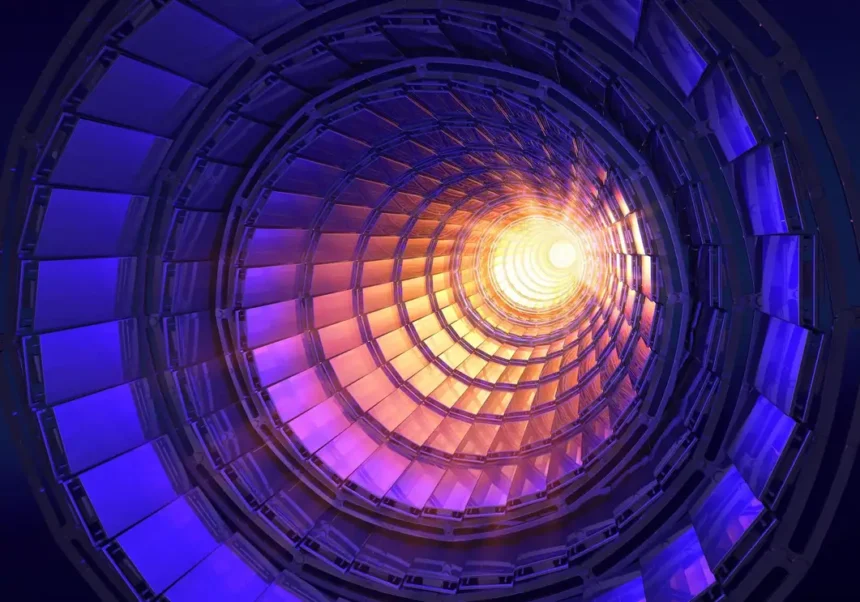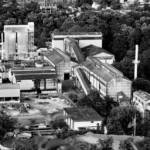Particle accelerators, often associated with cutting-edge scientific research, are intricate machines that propel charged particles to incredibly high speeds. From unraveling the mysteries of particle physics to advancing medical treatments, these marvels of technology play a pivotal role in diverse scientific fields. In this article, we’ll embark on a journey to demystify the inner workings of particle accelerators, breaking down complex concepts into simpler terms.
What are particle accelerators?
Particle accelerators are devices that speed up the particles that make up all matter in the universe and collide them together or into a target. This allows scientists to study those particles and the forces that shape them. Specifically, particle accelerators speed up charged particles, such as electrons or protons, using electric fields, and steer and focus them using magnetic fields1
There are two main types of particle accelerators: linear and circular. Linear accelerators propel particles along a straight path, while circular accelerators bend them around a ring-shaped track. Linear accelerators are used for fixed-target experiments, where the beam of particles hits a stationary target, such as a metal foil. Circular accelerators can be used for both fixed-target and colliding beam experiments, where two beams of particles are made to smash into each other2
Also read : Sentient Worms: Unveiling The Potential For ‘Emotions’ In The Microscopic World
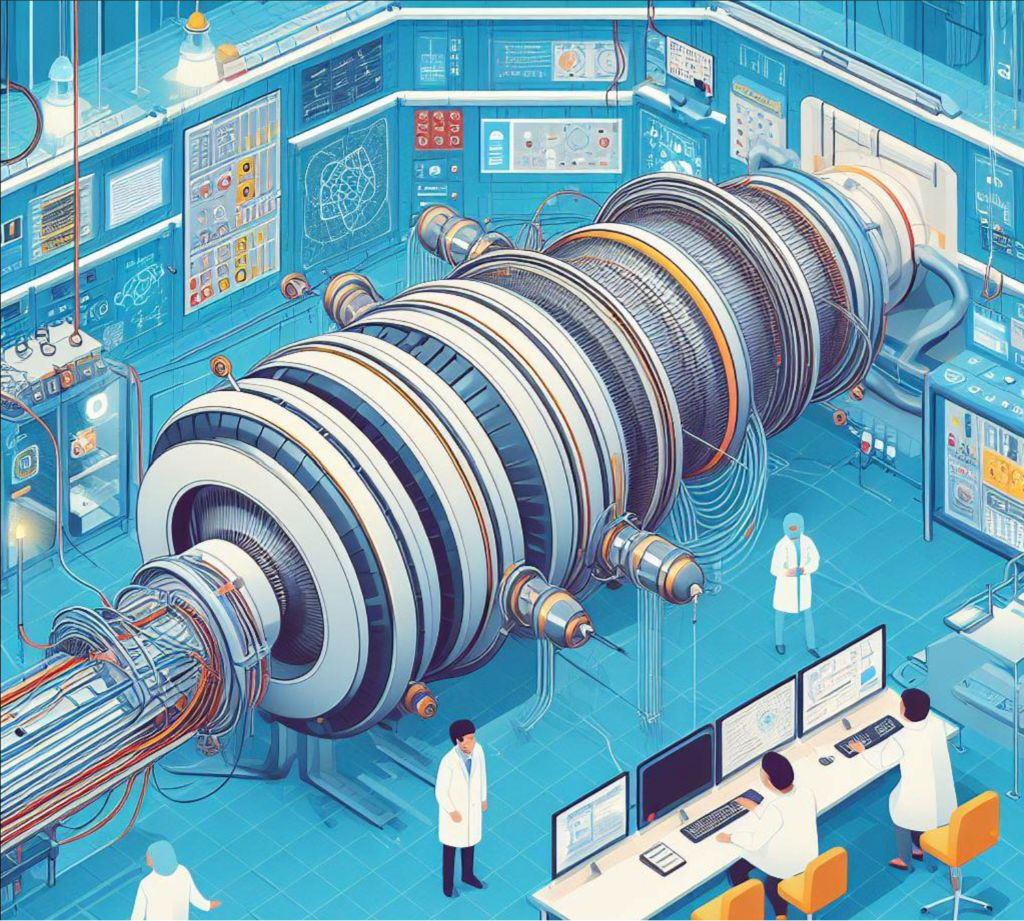
Why are particle accelerators important?
Particle accelerators are essential tools of discovery for many fields of science, such as particle physics, nuclear physics, chemistry, biology, medicine, and materials science. They can help us answer fundamental questions about the nature of matter, energy, space, and time, as well as develop new technologies and applications for society.
For example, particle physics, also called high-energy physics, uses particle accelerators to investigate the smallest and most basic components of matter and the forces that govern them. By colliding particles at very high energies, particle physicists can create new particles and phenomena that are otherwise inaccessible in nature. This way, they can test and refine the theories that describe the physical laws of the universe, such as the Standard Model of particle physics
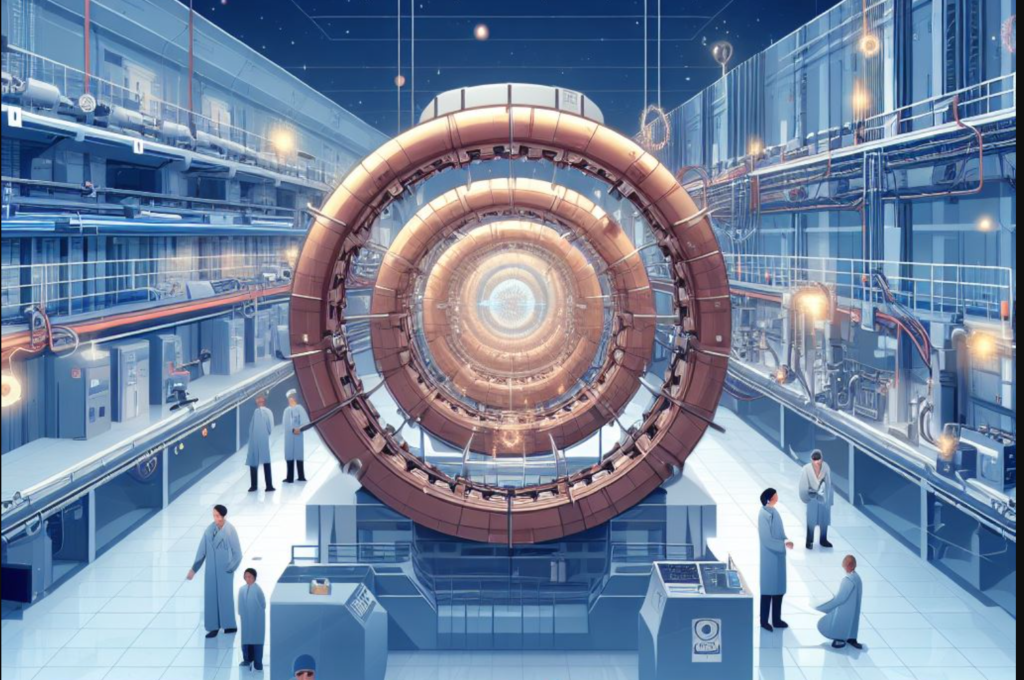
Some of the most famous particle accelerators in the world are used for particle physics research, such as the Large Hadron Collider (LHC) near Geneva, Switzerland, operated by the European Organization for Nuclear Research (CERN). The LHC is the largest and most powerful particle accelerator ever built, capable of accelerating protons to an energy of 6.5 trillion electronvolts (TeV) and colliding them at a center-of-mass energy of 13 TeV. The LHC is best known for discovering the Higgs boson, a particle that gives mass to other particles, in 20123
Another example of how particle accelerators are used for science is light sources, which are accelerators that produce beams of photons, or particles of light, that can be used to study the structure and properties of matter. Light sources can generate different types of light, such as x-rays, ultraviolet, infrared, and visible light, depending on the energy and wavelength of the photons. Light sources can be used for a variety of applications, such as imaging, spectroscopy, diffraction, and scattering, to probe the atomic and molecular details of materials, biological systems, chemical reactions, and more2
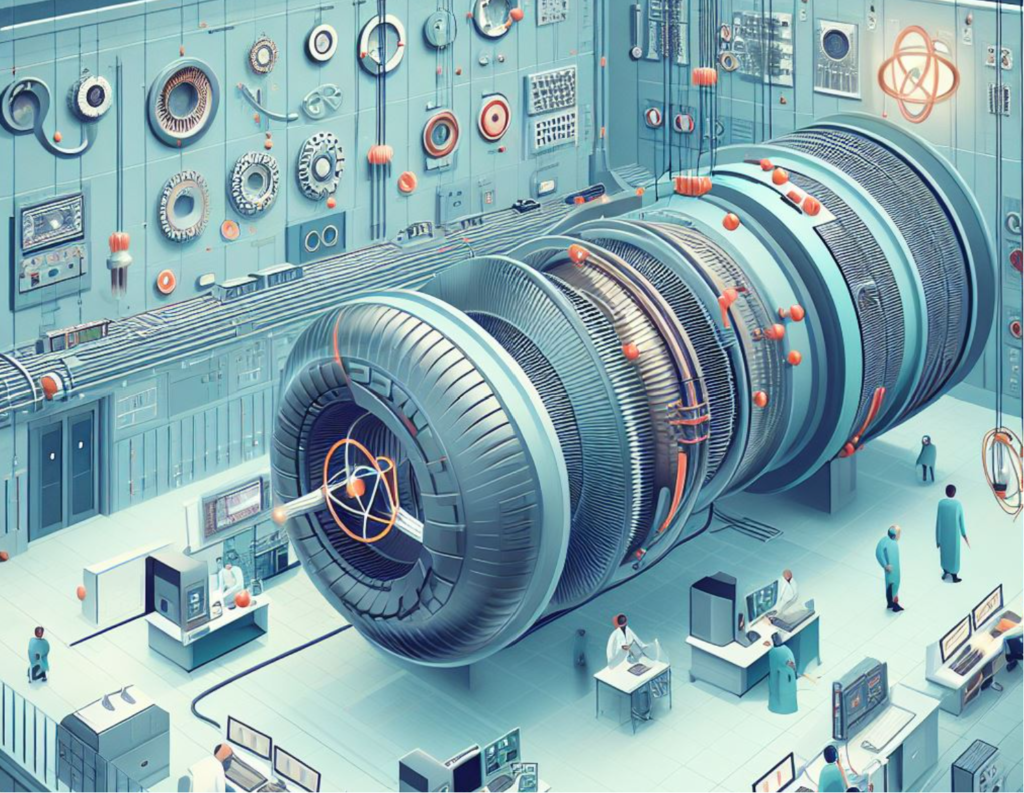
There are many light sources around the world that are used by researchers from different disciplines, such as the Advanced Photon Source (APS) at Argonne National Laboratory in Illinois, the National Synchrotron Light Source II (NSLS-II) at Brookhaven National Laboratory in New York, and the European Synchrotron Radiation Facility (ESRF) in France2
How do particle accelerators benefit society?
Particle accelerators are not only useful for scientific research, but also for many practical applications that benefit society. For instance, particle accelerators can be used for:
- Particle therapy: Particle accelerators can produce beams of protons or ions that can be used to treat cancer by destroying tumor cells while sparing healthy tissue. Particle therapy is a form of radiation therapy that can offer more precise and effective treatment than conventional x-ray therapy2
- Radioisotope production: Particle accelerators can produce radioactive isotopes that can be used for medical diagnostics, such as positron emission tomography (PET) scans, or for industrial purposes, such as sterilization, tracing, and quality control2
- Ion implantation: Particle accelerators can implant ions into materials to modify their properties, such as conductivity, hardness, or resistance. Ion implantation is widely used in the manufacture of semiconductors, such as microchips and solar cells2
- Accelerator mass spectrometry: Particle accelerators can measure the abundance of rare isotopes, such as carbon-14, in a sample of matter. Accelerator mass spectrometry is a technique that can be used for dating, tracing, and analyzing materials, such as archaeological artifacts, fossils, environmental samples, and more2
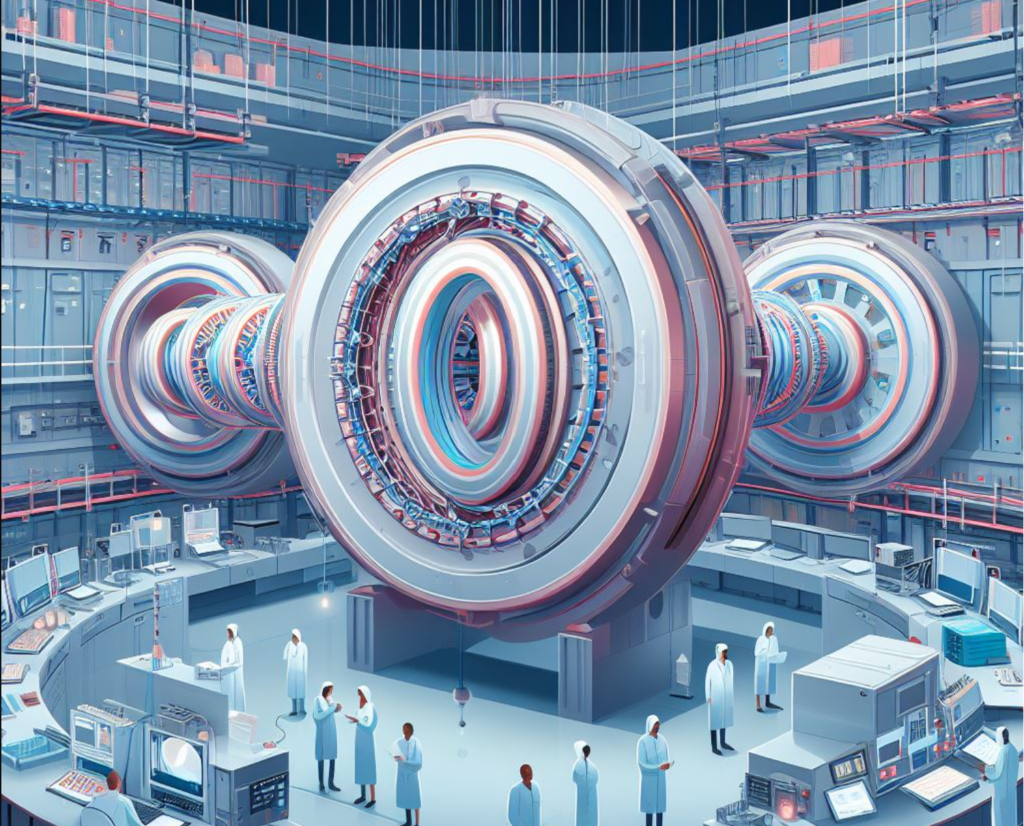
These are just some of the examples of how particle accelerators can have a positive impact on our lives. Particle accelerators are also used for national security, cultural heritage, education, and more2
Conclusion
Particle accelerators are amazing machines that can accelerate and collide particles to reveal the secrets of the subatomic world. They are essential tools of discovery for many fields of science, as well as for many practical applications that benefit society. Particle accelerators are the result of decades of scientific and technological innovation, and they continue to push the boundaries of our knowledge and capabilities.
Also read : Heart Health Unveiled: New Research Highlights The Dangers Of Prolonged Sitting







